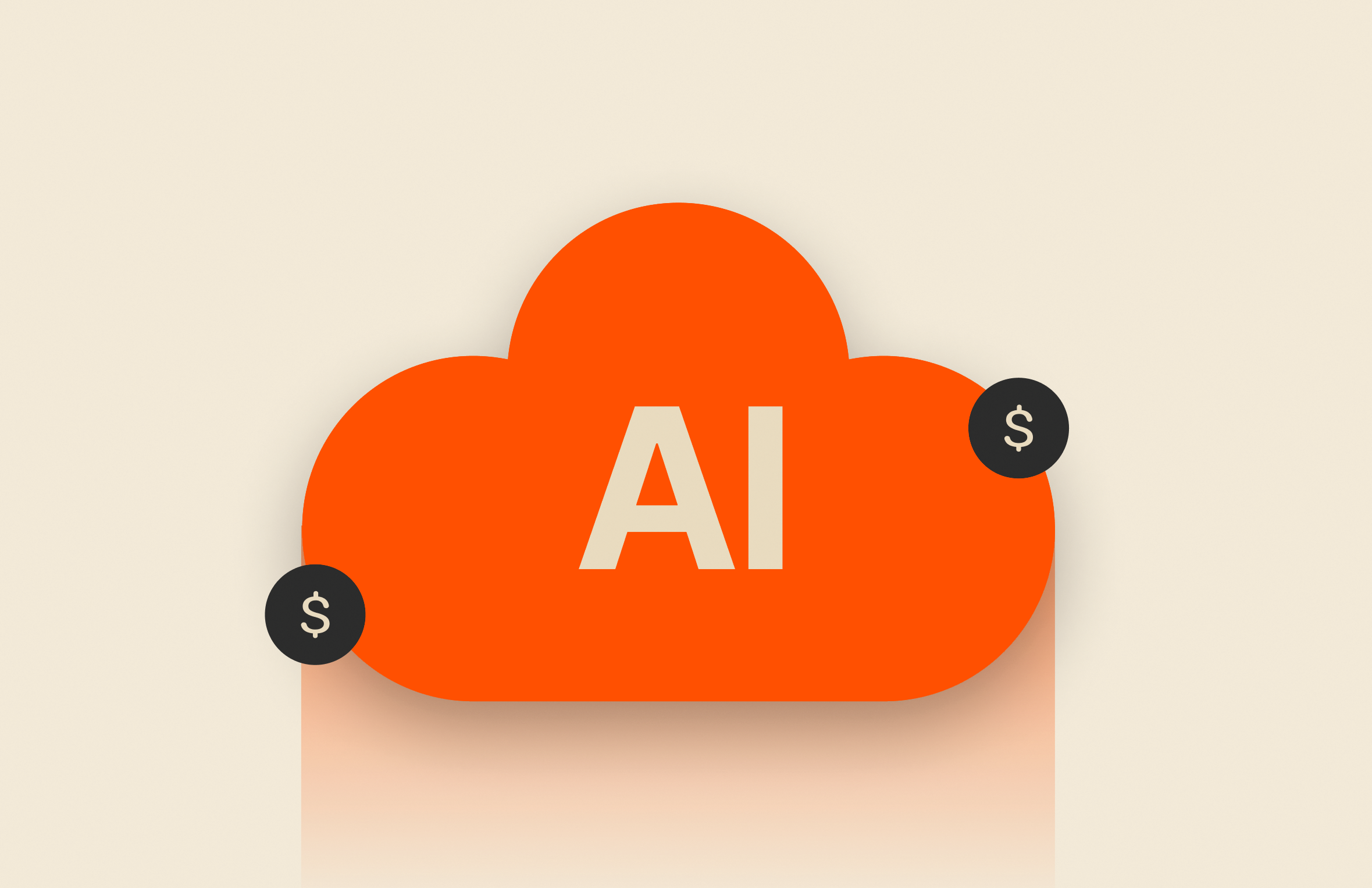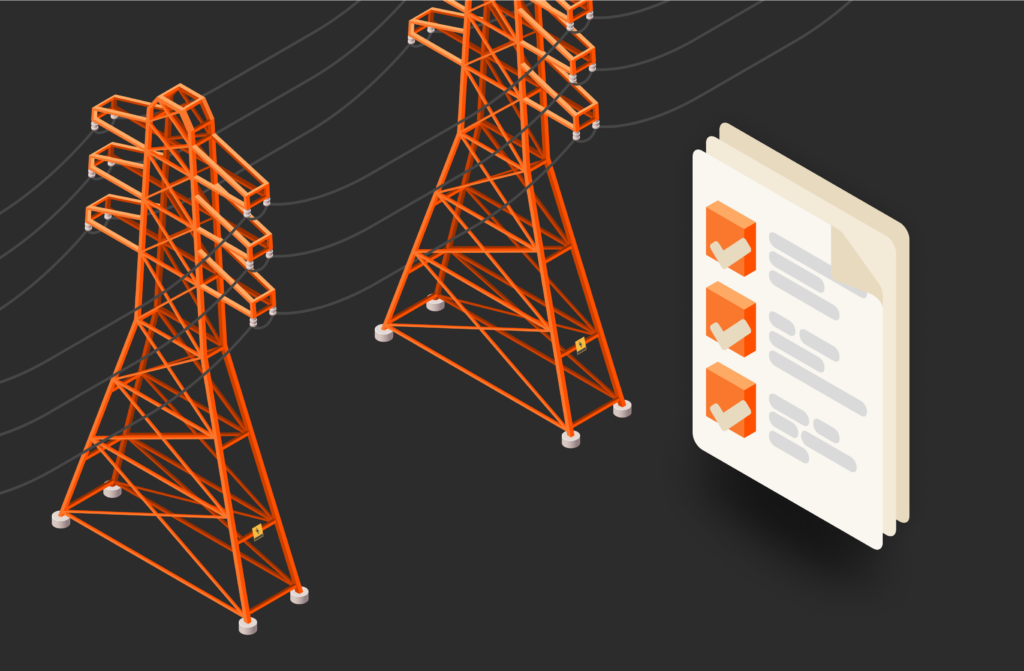Summary
AI is a costly endeavor. In addition to the upfront and operational expenses and environmental costs of AI systems, organizations can also face hidden and indirect costs.
As artificial intelligence (AI) transitions from speculative technology to core business applications, organizations face a reality check: the true cost of artificial intelligence is unclear.
While headlines tout AI’s potential to generate $15 trillion in global economic value by 2030, the complex web of financial commitments required to harness this potential remains under-examined.
From pharmaceutical giants using generative models to accelerate drug discovery to manufacturers implementing predictive maintenance systems, the price of AI adoption manifests across four areas: development, integration, energy, and hidden costs.
Read on to learn about the true cost of AI.
Development: Where Ideas Meet Financial Reality
The quest to harness AI isn’t limited to the tech giants. Enterprise organizations across industries are exploring how to integrate AI into their operations—but the road from idea to implementation comes with significant financial realities.
Unlike traditional software projects, enterprise-scale AI development demands a specialized, often hard-to-find skill set. Building even moderately complex natural language processing systems, for example, may require machine learning engineers, data scientists, domain experts, and data annotators. Hiring or contracting this kind of talent can easily result in labor costs ranging from $1 million to $5 million per year for a midsize team.
Hardware and infrastructure are another critical consideration. While training foundation models like GPT-4 requires tens of thousands of GPUs and budgets in the hundreds of millions—well beyond the reach of most enterprises—fine-tuning pre-trained models or running large inference workloads still comes at a cost. Cloud compute for training mid-sized models or running inference at scale can run between $50,000 and $500,000 annually, depending on usage patterns, model size, and performance expectations.
For enterprises pursuing on-premises deployments—for reasons ranging from data residency to cost control—the initial infrastructure investment can be substantial. A modest AI cluster with a dozen NVIDIA H100 GPUs, high-speed storage, and cooling can start at $500,000 to $1 million, not including ongoing maintenance or staffing.
And then there’s the ongoing cost of experimentation and iteration. Successful AI deployments rarely come from a single training run. Instead, they evolve through multiple cycles of tuning, evaluation, and retraining—each of which consumes time, compute, and people. These hidden iteration costs can double or triple initial estimates if not carefully scoped.
While the headlines focus on billion-dollar AI races between tech giants, the more common enterprise challenge is balancing ambition with pragmatism. The key lies in selecting the right scale of models, leveraging pre-trained or open-source options, and ensuring teams are structured to deliver incremental value—rather than betting the farm on a moonshot.
The Integration Predicament
Integrating AI into existing business systems is a complex process that poses significant technical and organizational challenges. Despite the transformative potential of AI, over 90% of organizations report difficulties integrating SaaS provider AI functionality with on-premises functionality.
Technical Challenges
Many organizations face technical challenges such as:
- Legacy system compatibility: Many organizations rely on legacy systems that were not designed with AI in mind. Integrating AI with these older systems can be challenging due to incompatible data formats, outdated architectures, and limited API capabilities.
- Data silos: Data is often scattered across various systems and departments, making it difficult to consolidate and prepare for AI algorithms. This lack of unified data access can hinder the development and deployment of effective AI models.
- Technical expertise: Implementing AI requires specialized skills and knowledge that may not be readily available within an organization. The lack of in-house AI expertise can slow down implementation and increase costs.
Organizational Challenges
Companies may encounter the following organizational challenges:
- Change management: Integrating AI can disrupt existing workflows and processes. Organizations need to carefully manage change to ensure a smooth transition and minimize resistance from employees. This involves training programs for employees to learn how to work with AI-driven tools effectively.
- Cultural adaptation: Success in AI integration requires a cultural shift within the organization, focusing on data governance, workforce development, and strategic alignment with business objectives.
Cost Implications
Integrating AI can be a very expensive endeavor. Organizations are likely to run into expenses when it comes to:
- System integration costs: Integrating AI with existing systems can involve significant expenses, including custom software development, API creation, and legacy system upgrades.
- Data storage costs: AI is the one application that creates its own data. When you vectorize source/transactional data, the resulting model can be 5-10x the size of the source data. The more data you train on, the better the model but the bigger the pile of data is that you have to store.
- Ongoing support: After implementation, businesses must budget for ongoing support, including system updates, performance monitoring, and addressing any issues that arise. Annual maintenance costs can be substantial.
The Environmental Costs of AI
While AI offers significant economic benefits, it also comes with environmental costs that all businesses should consider. The development, deployment, and operation of AI systems requires vast amounts of computational power, leading to substantial energy consumption and carbon emissions.
Large-scale AI models such as OpenAI’s GPT or Google’s DeepMind require thousands of high-performance GPUs or TPUs running for weeks or months.
Training a single AI model, even a mid-sized one, can draw serious power, and as model complexity and data volume grow, so do energy demands. Organizations pursuing on-premises AI or large-scale inference should factor in power, cooling, and sustainability goals alongside performance and cost.
AI applications such as real-time analytics, fraud detection, and autonomous systems also rely on continuous data processing. In fact, AI is expected to lead to a 160% increase in data center power demand by 2030.
Read More from This Series

The SSD Trap:

Demystifying Storage Complexity:

The Storage Architecture Spectrum:

Beyond the Hype:

Escaping the SSD Trap:

Is Your Storage Platform Really Modern?
Hidden and Indirect Costs of AI Implementation
Beyond the upfront and operational expenses, AI systems come with hidden and indirect costs that can significantly impact an organization’s budget. These include challenges in keeping infrastructure and personnel consistently productive, unforeseen legal and compliance expenses, and potential financial risks due to AI system failures. Below is a breakdown of these hidden costs.
AI infrastructure and personnel must remain productive to justify their costs. However, inefficiencies can lead to wasted resources. GPUs and TPUs are expensive but must stay busy. High-performance computing resources are expensive and also require substantial electricity and cooling. If GPUs are not constantly processing AI workloads, the investment is wasted.
Highly paid AI professionals need to stay busy, too. If an AI project stalls due to lack of data, inefficient processes, or delays in model deployment, the company still incurs these high labor costs.
And then there’s the hidden costs of the cloud. While cloud providers tout AI-as-a-service solutions, hidden costs abound in the form of egress fees, idle compute, and data gravity. These costs have spurred a reverse migration trend, with more and more companies now returning their AI workloads to on-prem data centers.
Taming the Costs of AI: Strategic Pathways Forward
The sky-high costs of AI call for operational reinvention. Forward-thinking organizations deploy three key strategies:
- Federated learning architectures, which can significantly reduce data transfer costs through edge AI processing
- Sparse model techniques, which can cut training expenses via dynamic neural networks
- AI co-ops, which involve pooling resources with non-competitive partners to share GPU clusters and data sets
Businesses can also take steps to drastically reduce AI’s environmental footprint by:
- Using energy-efficient hardware: Companies can invest in AI-optimized chips (e.g., Google TPUs, NVIDIA’s energy-efficient GPUs) to lower power consumption.
- Optimizing AI model efficiency: Researchers are developing methods to reduce the energy required for training models, such as transfer learning, model pruning, and quantization.
- Leveraging green data centers: Companies should choose cloud providers that rely on renewable energy and solution providers that prioritize energy efficiency.
To effectively navigate these challenges, organizations should prioritize data readiness, invest in strategic workforce development, and adopt a holistic approach to AI integration that aligns with long-term business goals. By doing so, they can unlock the full potential of AI while managing the associated costs and complexities.
Companies that balance innovation with fiscal responsibility and environmental stewardship will write the next chapter of this technological revolution.
Learn more about how to reduce the costs of all workloads.

Experience the World’s Most Powerful Data Storage Platform for AI
Optimize Your Costs
Learn how your organization can achieve high-performance storage affordably.






